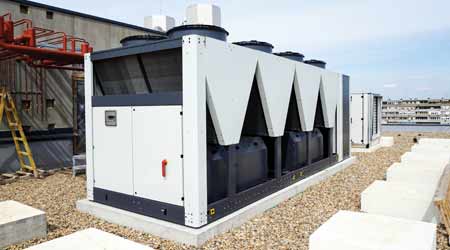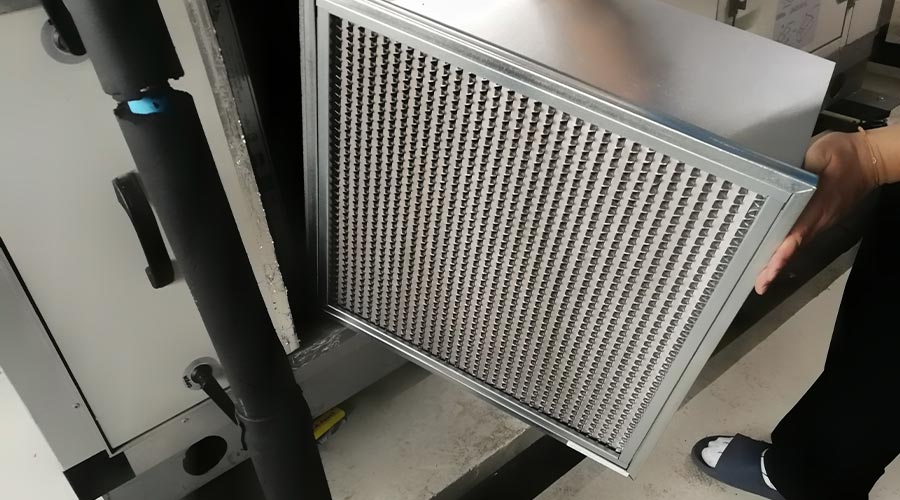 Proper water treatment is crucial to keeping cooling systems employing recirculating water operating effectively.
Proper water treatment is crucial to keeping cooling systems employing recirculating water operating effectively.Effectively Treat Water in Open and Closed Cooling Systems
Issues such as corrosion, scale, and bacteria and micro-organisms must be addressed for proper water treatment.
Open and closed cooling systems employ recirculating cooling water as the heat transfer media. What is so complicated about that? Plenty. Effective water treatment is essential to keeping the system operating properly. Failure to perform all of these steps properly with good follow-through will condemn the system to high operating costs (water and electrical); premature corrosion damage and failure; high unscheduled outages; high repair or replacement costs; potential environmental and health risks; and more often than not, costs of litigation.
There are a variety of issues that have to be addressed by water treatment:
Corrosion. Water can be highly corrosive. These systems are all subject to the very real and constant threat of corrosion of metallic components, and fouling of system equipment and piping surfaces. Undetected corrosion can proceed rapidly, and can result in equipment failure, leaks, water damage, unscheduled shut-downs, and costly repair or replacement. Corrosion can produce significant deposits, and can solubilize metallic components, subsequently releasing dissolved metal ions into solution that can beget further severe corrosion.
Scale. The problem is with the solubility of substances exposed to water. Water contains dissolved minerals and gasses that have limited and temperature-dependent solubility. Once their solubility has been exceeded, these minerals can precipitate onto system surfaces in the form of hard, dense, scale deposits that insulate the surfaces, reducing heat transfer and resulting in poor performance, high power costs, and flow blockage. Dissolved gasses, such as oxygen and carbon dioxide, also increase the natural corrosivity of the recirculating water.
Bacteria and micro-organisms. Warm water is an incubator. Most available system make-up water contains bacteria and other organisms, including algae and protozoa. While these organisms may be present in trace concentrations in the make-up water and the inlet air, they can thrive in the various micro-environments that exist in the warm system water. Warm recirculating water that is saturated with oxygen from the copious quantities of air used to cool the water provides an ideal environment for aerobic organisms to thrive and multiply. The water that is contained within deposits, as well as that which seeps under them, is usually devoid of oxygen, or is at least very low in oxygen content, and can harbor anaerobic bacteria that will multiply under these conditions. Many of these organisms generate acidic metabolic byproducts that are extremely corrosive, that can completely alter the chemical environment under deposits, or in small crevices where there is little water flow.
Related Topics:

















